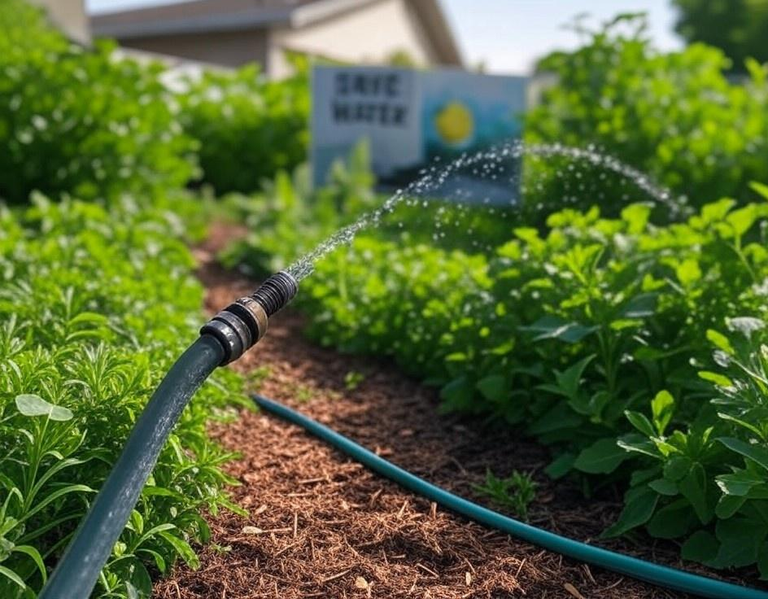Here’s a mind-blowing fact: the amount of water on Earth has stayed the same for millions of years. Crazy, right? The water you drank today might have been part of a glacier thousands of years ago, or maybe it flowed in some ancient river. But water doesn’t disappear. It moves, it transforms – liquid, vapor, ice – but it’s all still here.

This magical process is called the water cycle. Water evaporates (thanks to the sun), turns into clouds, rains down, and starts the whole process again. It’s not just happening in nature – it’s happening in us too. Every drop you drink eventually leaves your body (yes, we’re talking sweat, breath, and, well... you know). But even that water ends up back in the cycle.
Here’s the kicker though: not everyone has the same access to this precious resource.
Some places are drowning in water.
In countries like Canada, Norway, or Finland, water is literally everywhere. Rivers, lakes, rain – it’s like nature’s all-you-can-drink buffet. People there don’t really think about saving water because there’s so much of it. But even in water-rich countries, wasting it can lead to pollution and long-term issues.
Other places are desperate for a single drop.
Now imagine living in places like Somalia, Yemen, or Sudan, where every liter of water is like gold. Droughts, heat, and almost no rain make getting clean water a daily struggle. Some people walk kilometers just to fill a bucket. Lack of water here isn’t just inconvenient – it’s life or death.
So what’s the takeaway?
Water is everything. Some countries have plenty, some barely any. But at the end of the day, it’s a shared resource that connects us all. Whether you’re lucky enough to live where water is abundant or in a place where it’s scarce, it’s up to all of us to use it responsibly and support those who need it most.
Think about this the next time you turn on the tap. That little drop? It’s been around forever – and it’s still changing lives.